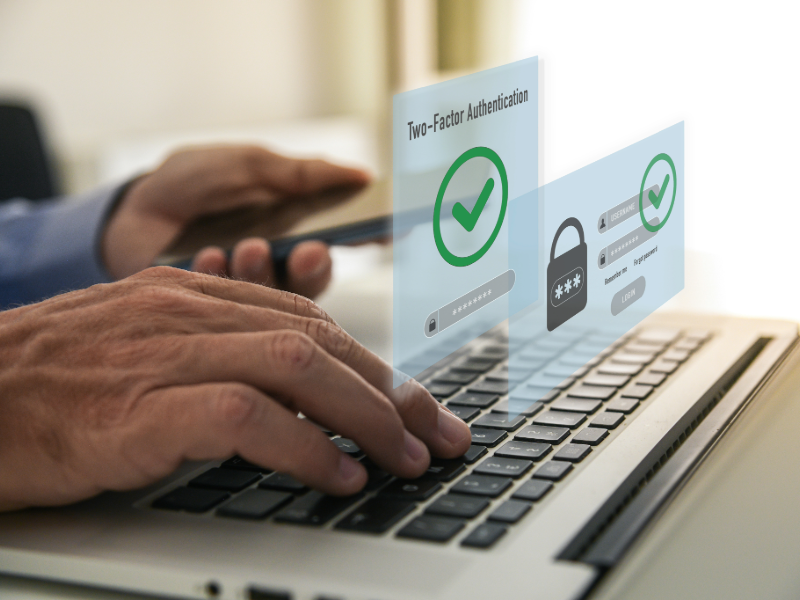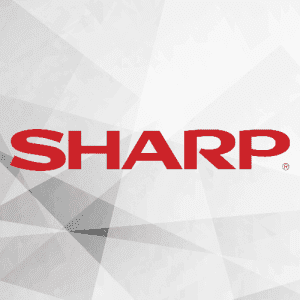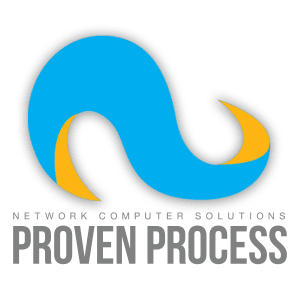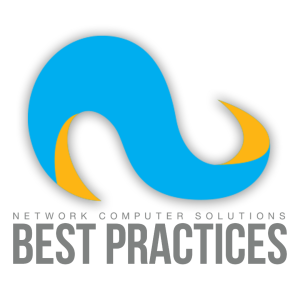
In our continuous journey to enhance our client’s online security, this month’s spotlight is on Multi-Factor Authentication (MFA)—a crucial layer of protection beyond your password. MFA, sometimes known as Two-Factor Authentication (2FA), requires users to provide two or more verification factors to gain access to an online account, ensuring that only the rightful owner can access their information.
How Does Multi-Factor Authentication Work?
MFA enhances security by combining two or more independent credentials: something you know (like a password), something you have (such as a smartphone app like Passportal or Microsoft Authenticator), or something you are (like a fingerprint). This method makes it significantly harder for potential intruders to gain access to your personal or business accounts, as knowing the password alone is not enough.
Why MFA Matters
- Enhanced Security: By requiring a second form of identification, MFA makes it significantly more difficult for hackers to breach your account, even if they have your password.
- Protection from Phishing: MFA can provide a safety net against phishing attempts, as the secondary verification is something a hacker can’t easily steal or guess.
- Compliance Benefits: For businesses, MFA helps in meeting regulatory requirements that protect sensitive data, adding an extra layer of security and trust for clients and stakeholders.
Implementing MFA
Implementing MFA is straightforward and can greatly reduce the risk of unauthorized access. Here’s how to get started:
- Choose an MFA Tool: For individual users and businesses alike, tools like Passportal and Microsoft Authenticator offer robust MFA functionalities. These apps generate time-limited codes or push notifications to approve login attempts.
- Enable MFA on Your Accounts: Many online services now offer or even require MFA. Look for MFA settings in the security settings of your account, and follow the steps to enable it. Typically, this involves scanning a QR code with your MFA app.
- Educate Your Team: When you’re implementing MFA in a business setting, educate those involved about the importance of MFA and how to use it. This ensures everyone is on board and knows how to operate the chosen MFA tool.
Final Thought
As digital threats evolve, so should our defenses. Adding MFA to your cybersecurity toolkit is a smart, effective way to protect your online presence. It’s a simple step that can prevent significant losses, ensuring that even if a password falls into the wrong hands, your accounts remain secure.
Adopt MFA as a cornerstone of your business’s security strategy. Contact NCS now for expert assistance with MFA setup and safeguard your operations today.




